Less Time on the Road
The Less Time on the Road alternative promotes more growth in existing communities where infrastructure and services already exist.
Promoting growth in existing communities
In this alternative, most of growth takes place in cities and towns, particularly in activity centers and other areas where housing, jobs and activities are located closer together.
New development strengthens the local tax base in these places, enabling them to improve maintenance and services without raising taxes.
Transportation strategies are less focused on widening freeways and major roads and more on public transportation-buses, light rail and commuter rail-and improvements to sidewalks and bikeways. Local plans, codes and incentives are revised to encourage new development in areas with existing street systems and services, and to promote more pedestrian-oriented design.
Much of the new housing built is smaller than today's norm and, in the most walkable areas, more expensive. This is a tradeoff many are willing to make to reduce their travel time and cost. There is still an ample amount of traditional single family suburban housing throughout the region, and residents in these areas benefit from reduced competition for space on major roadways.
Click here to see the survey results.
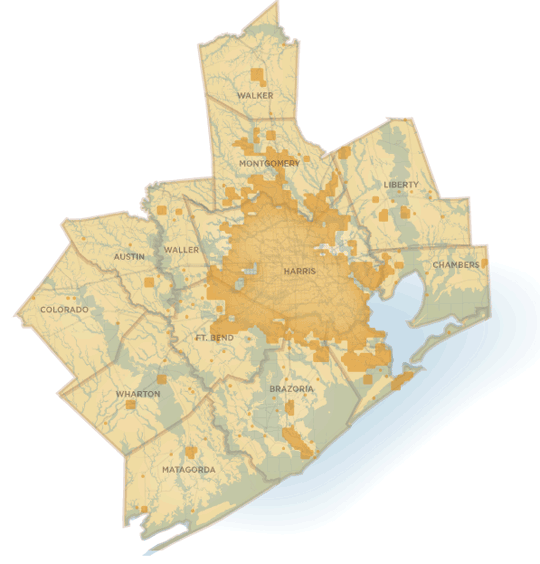

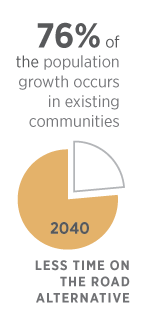
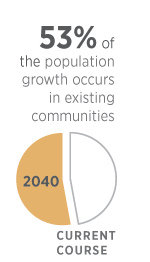
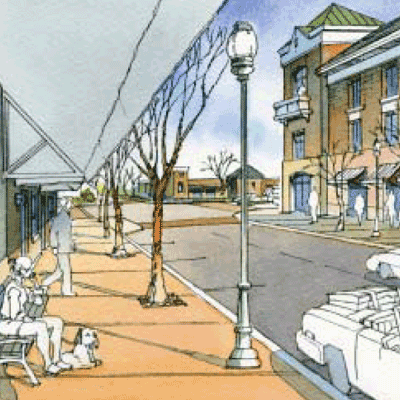
Rural
Traditional downtowns can accommodate residential above retail while maintaining their character.
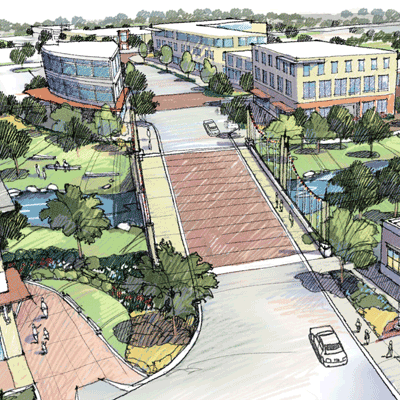
Suburban
New or redeveloping suburban areas can create vibrant districts with 3-5 story buildings mixing housing and retail.
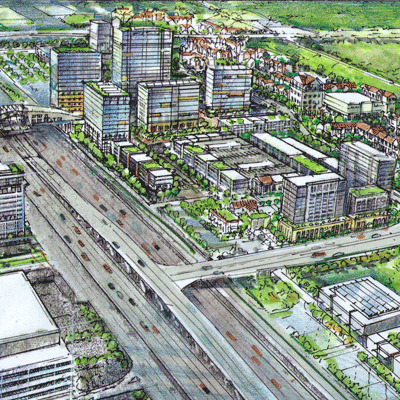
Urban
Urban areas can be both job and housing centers, accommodating growth while creating areas to live, work, learn, and play.

